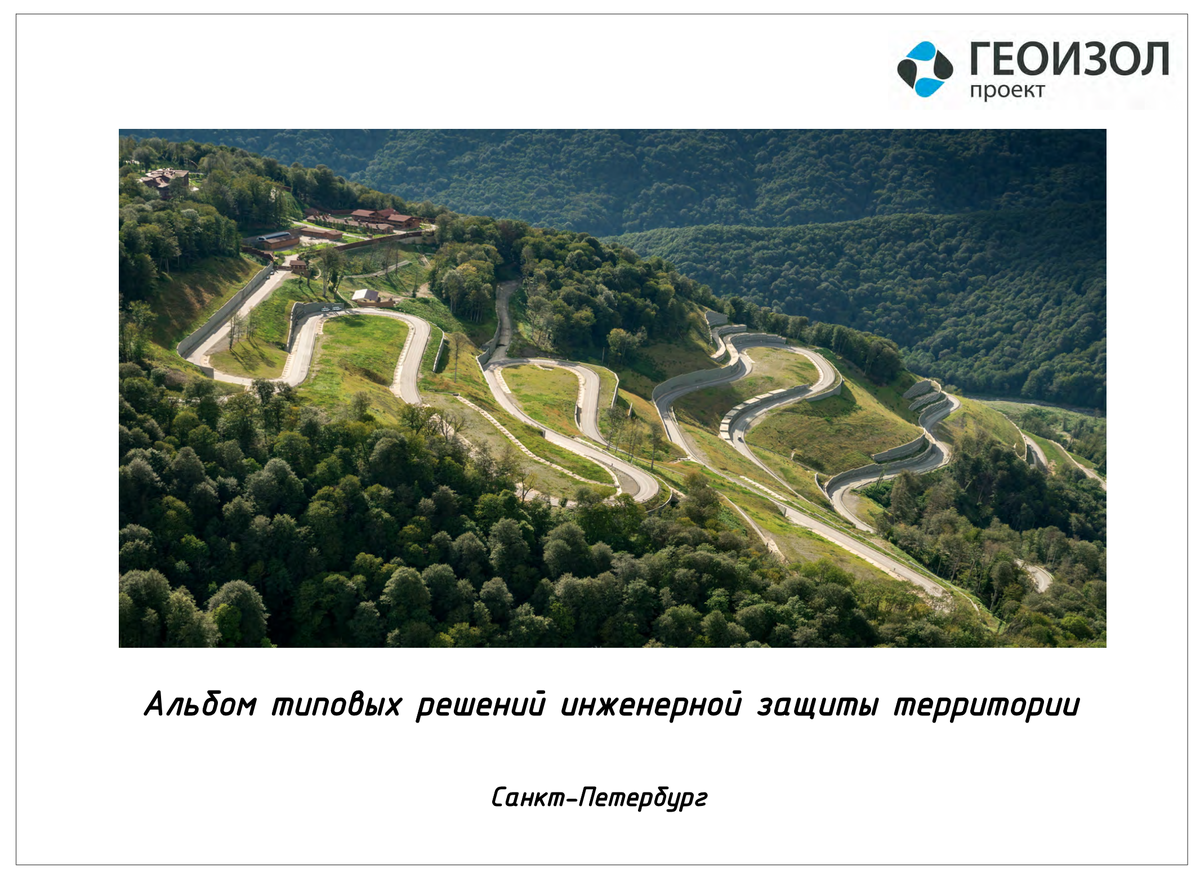“GEOIZOL Project” has developed measures for engineering protection against landslides and mudflows on the section km 10 – km 20 of the federal highway R-297 “Amur”.
The overhaul project of the section km 10 – km 20 of the federal highway R-297 “Amur” Chita – Khabarovsk in the Trans-Baikal Territory received a positive conclusion from the Glavgosexpertiza of Russia in early March 2021. In addition to updating the roadbed, the project provides for engineering protection of the territory – specialists of the GEOIZOL Project Company developed a complex of anti-landslide and anti-mudflow measures.
The need for engineering protection of the road became obvious after a landslide on July 25, 2018 at km 17 of the highway «Amur». As a result of prolonged downpours, a powerful stream was formed and destroyed part of the slope and carried a large volume of soil onto the roadway, making movement impossible. Due to the threat of new landslides, the federal highway was closed for almost a week – until August 3 – by allowing the transit flow through the city.
Later engineering surveys confirmed the risk of slope development in this area, and also identified three basins where mudflows can form. The length of the hazardous area, where landslides and mudflows can come down, is 360 meters.
To protect the highway, the designers envisaged the construction of a flexible mudslide anti-landslide barrier and the strengthening of the landslide slope with an armored soil embankment.
“We were faced with a non-trivial task – to design a powerful retaining structure capable of taking significant loads, and at the same time placing it in a narrow strip of the road allotment zone,” comments Ivan Bogdanov, chief designer of GEOIZOL Project. – For example, to place a dam (a traditional solution for engineering protection), a large site is needed, which would require lengthy administrative procedures for the allotment of a land plot. We have solved the set task using modern technologies ”.
The designed barrier has no analogues in Russia. It is a mesh structure 10 meters high and 360 meters long. The stability of the structure is given by a strong concrete base with a foundation of bored piles with a diameter of 1000 mm and a length of 10 meters, as well as reinforcement with GEOIZOL-MP soil bored injection anchors with a length of 19.5 meters.
The structure retains a solid drain that can fill the line. Due to permeability, the water is squeezed out through the barrier and is directed through the trays to the drainage system of the road. The use of a extra-strong mesh with damping elements allows the barrier to take a powerful blow, extinguishing the energy of the water-soil flow, and to keep a large volume of landslide.
The uniqueness of the designed barrier lies in the fact that it is able to withstand a high load and to protect from landslides and mudflows, but at the same time has minimal dimensions, which made it possible to place it in the road allotment zone.
The second part of the engineering protection project involves the construction of an armored-soil stepped embankment to restore the relief and exclude the development of landslide processes on the slope, which suffered from downpours in 2018. The embankment is erected on a foundation reinforced with GEOIZOL-MP soil dowels. An artificial channel is arranged in it to prevent water erosion of the structure and the natural ravine located above.
GEOIZOL Project gained experience in designing flexible mudflow barriers while developing complex engineering protection of Olympic facilities in Sochi. Years of operation have confirmed the effectiveness of the technical solution. Flexible barriers reliably protect the territory from destructive mudflows, while being compact and having minimal impact on the environment.

